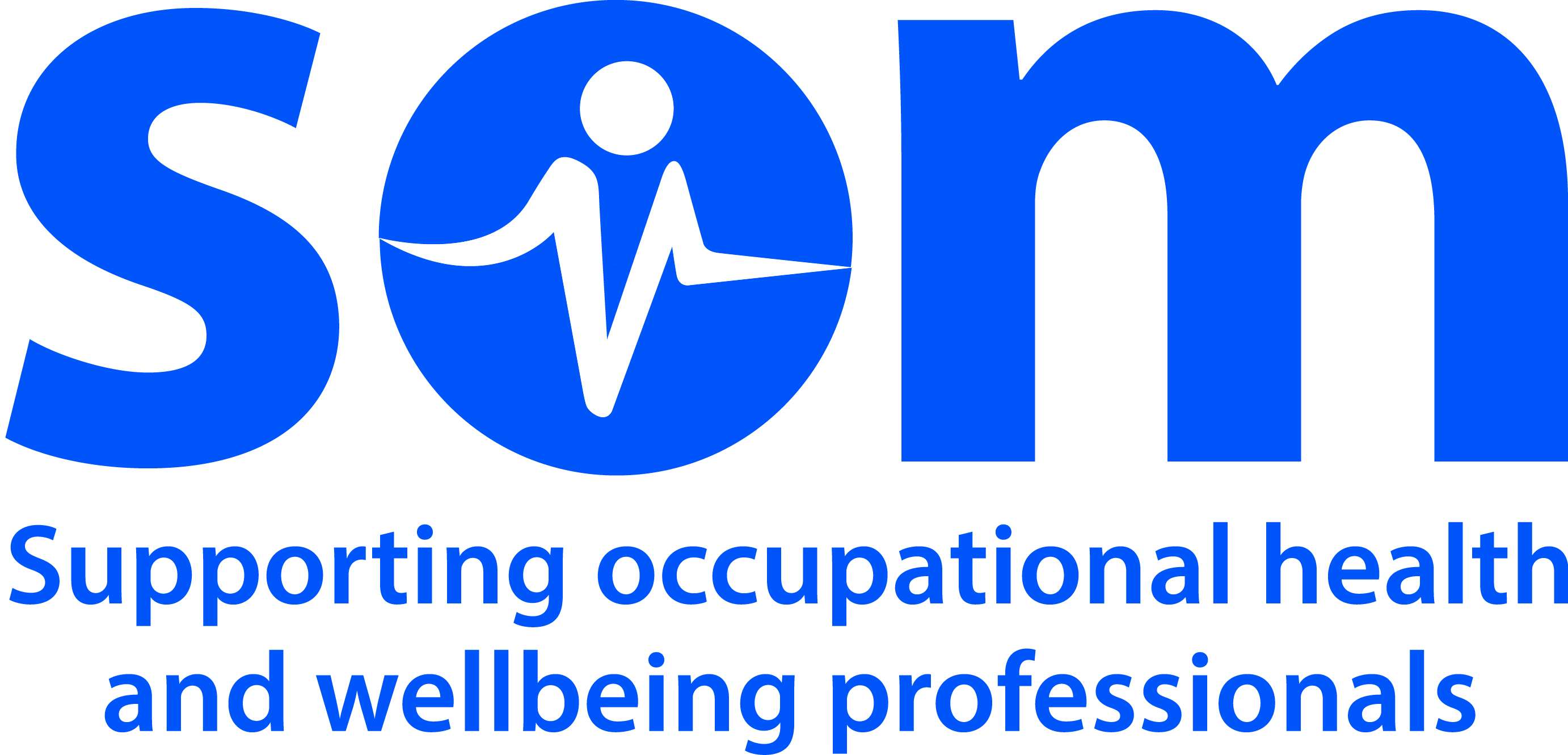Carbon Nanotubes and Nanofibers

Occupational Health Considerations
Carbon nanotubes are large molecules of pure carbon that are long and thin and shaped like tubes, about 1-3 nanometers (1 nm = 1 billionth of a meter) in diameter, and hundreds to thousands of nanometers long.
Carbon nanotubes can exhibit remarkable electrical conductivity, tensile strength and thermal conductivity, making them ground-breaking materials of interest to many industries such as electronics, composite materials and materials science. The tubes can be of infinite length, despite their extremely low diameter. Individual carbon nanotubes naturally align themselves adjacently into multiples to form cords held together by weak van der Waals forces. A special group of achiral single-wall carbon nanotubes are metallic in nature but the remainder are either small or moderate band gap semiconductors.
Nanofibers are fibers with diameters in the nanometer range. Nanofibers can be generated from a large variety of polymers and hence have highly variant physical (and chemical) properties and applications. Examples of natural nano fibre polymers include gelatin, collagen and cellulose.
Carbon nanotubes (CNT) and nanofibers (CNF) are used an array of products.
To date there are no significant reports of adverse health effects in workers using or producing CNT or CNF. There are however studies of animals exposed to CNT and CNF that are informative and these from the basis of current recommendations regarding occupational safety
A TWA exposure limit of 1 microgram per m3 8 hour TWA has been proposed: Control worker exposure to CNT and CNF below 1 microgram per m3 8-hr TWA, respirable fraction (elemental carbon) during a 40-hr work week
In terms of Occupational Health control measures, respiratory surveillance has been recommended together with use of protective clothing and respiratory PPE with particulate filter face piece for airborne concentrations in excess of the recommended 8h TWA
Clinical Aspects
Not yet applicable
My reflection

